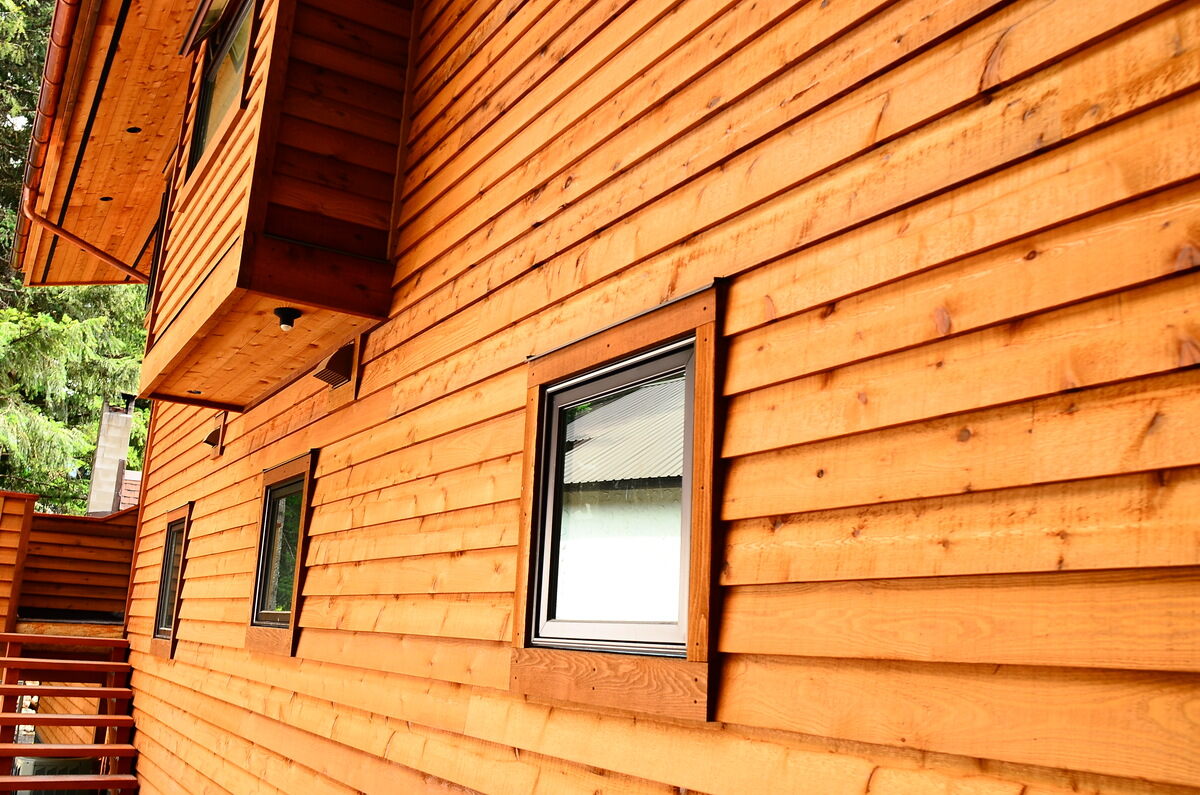

Articles
What Is Bevel Siding
Modified: October 28, 2024
Discover the benefits and installation process of bevel siding with our informative articles. Learn how to enhance the exterior of your home and increase its value.
(Many of the links in this article redirect to a specific reviewed product. Your purchase of these products through affiliate links helps to generate commission for Storables.com, at no extra cost. Learn more)
Introduction to Bevel Siding
Bevel siding, also known as clapboard siding, is a popular choice for exterior cladding in residential and commercial buildings. Its timeless appeal, durability, and versatility make it a top choice among homeowners and builders alike. Bevel siding is characterized by its distinctive beveled edge, which creates a unique shadow line and adds visual interest to a building’s exterior.
This type of siding is traditionally made from wood, specifically cedar or pine, but it is also available in other materials such as fiber cement and vinyl. One of the key features of bevel siding is its ability to provide protection against the elements. The overlapping nature of the panels prevents water and moisture from penetrating the building, helping to maintain the structural integrity of the walls.
Bevel siding is available in various profiles, including single, double, and triple bevel. The profile refers to the number and size of beveled edges on each piece of siding. Single bevel siding is the most common, with one edge beveled at a 45-degree angle, providing a clean and classic look. Double and triple bevel siding offer more intricate designs and can create a more dramatic aesthetic.
When properly installed and maintained, bevel siding can last for many years. It withstands weathering, insect damage, and decay, making it a durable and long-lasting siding option. Additionally, its natural beauty and versatility allow it to blend seamlessly with various architectural styles, from traditional to modern.
Bevel siding offers homeowners the flexibility to choose from a wide range of finishes, including paint and stain. This allows for customization and the opportunity to enhance the overall aesthetics of a building. Whether you prefer a bold, eye-catching color or a more subtle, natural look, bevel siding can be tailored to meet your design preferences.
In the next sections, we will delve deeper into the characteristics, advantages, and disadvantages of bevel siding, as well as explore its installation process, maintenance requirements, common uses, different types, and the associated costs. By the end of this article, you will have a comprehensive understanding of bevel siding and its suitability for your next building project.
Key Takeaways:
- Bevel siding, also known as clapboard siding, offers a timeless aesthetic, durability, and weather resistance, making it a versatile and visually appealing choice for residential and commercial exteriors.
- Understanding the characteristics, advantages, and maintenance requirements of bevel siding allows for informed decisions when considering this versatile and cost-effective option for exterior cladding.
Read more: What Is Beveled Glass
Characteristics of Bevel Siding
Bevel siding possesses several notable characteristics that contribute to its popularity in the construction industry. Understanding these characteristics can help homeowners and builders make informed decisions when choosing siding materials for their projects. Let’s take a closer look at the key characteristics of bevel siding:
- Beveled Edge: The defining characteristic of bevel siding is its beveled edge, which creates a distinct shadow line and adds visual appeal to a building’s exterior. The bevel is typically cut at a 45-degree angle, allowing each piece of siding to overlap the one below it, ensuring effective water runoff and durability.
- Material Options: While bevel siding is traditionally made from wood, it is also available in other materials such as fiber cement and vinyl. Wood bevel siding is popular due to its natural beauty, warmth, and versatility. Cedar and pine are commonly used for their natural resistance to rot, decay, and insects.
- Profiles: Bevel siding is available in various profiles, including single, double, and triple bevel. Each profile has a different number and size of beveled edges, providing options for different architectural styles and design preferences.
- Weather Resistance: Bevel siding is designed to withstand the elements and provide protection against moisture, wind, and extreme temperatures. The overlapping installation method and the natural durability of materials like cedar and pine make bevel siding highly resistant to weather-related damage.
- Dimensional Stability: One of the advantages of bevel siding is its dimensional stability. Properly installed, the siding maintains its shape and does not warp or twist over time, ensuring a consistent and visually appealing exterior.
- Enhanced Insulation: Bevel siding can contribute to the insulation of a building. Wood siding, in particular, possesses natural insulating properties, helping to regulate temperature and reduce energy consumption.
These characteristics make bevel siding an attractive option for both residential and commercial applications. Not only does it provide a classic and timeless look to any building, but it also offers durability, weather resistance, and the ability to enhance energy efficiency. In the next sections, we will explore the advantages, disadvantages, installation process, and maintenance requirements of bevel siding, allowing you to make an informed decision for your next construction project.
Advantages of Bevel Siding
Bevel siding, also known as clapboard siding, offers a range of advantages that make it a popular choice among homeowners, builders, and architects. Whether you are looking to enhance the curb appeal of your home or construct a durable and visually appealing commercial building, bevel siding has several benefits to offer. Let’s explore some of the key advantages of bevel siding:
- Timeless Aesthetic: Bevel siding brings a classic and timeless look to any building. The beveled edge creates a charming shadow line, adding depth and character to the exterior. This versatile siding option easily complements various architectural styles, from colonial to contemporary.
- Durability: Bevel siding is designed to withstand the elements and provide long-lasting performance. Wood options, such as cedar or pine, are naturally resistant to decay, rot, and insect damage. This durability ensures that the siding will retain its integrity over time, reducing the need for frequent repairs or replacements.
- Weather Resistance: The overlapping installation technique of bevel siding helps to protect the building from moisture, preventing water infiltration and potential damage to the underlying structure. This weather resistance makes bevel siding an excellent choice for regions with varying climates and extreme weather conditions.
- Customizable Finishes: Bevel siding allows for a wide range of finishes to suit your design preferences. Whether you prefer to showcase the natural beauty of wood with a transparent stain or add a pop of color with a vibrant paint, bevel siding offers flexibility in achieving the desired aesthetic.
- Cost-Effective: Bevel siding is an affordable option compared to some other types of siding materials, such as stone or brick. The lower upfront cost, combined with its longevity and minimal maintenance requirements, makes bevel siding a cost-effective choice for both residential and commercial projects.
- Insulation Benefits: Wood bevel siding provides a natural layer of insulation, contributing to the energy efficiency of a building. It helps to regulate temperature, reducing heat loss in the winter and heat gain in the summer, leading to potential energy savings and increased comfort.
These advantages make bevel siding an attractive choice for those seeking a durable, visually appealing, and cost-effective siding option. Whether you are looking to renovate your home or embark on a new construction project, considering bevel siding can provide numerous benefits. In the next sections, we will discuss the disadvantages, installation process, and maintenance requirements of bevel siding, helping you make an informed decision for your specific needs.
Disadvantages of Bevel Siding
While bevel siding offers many advantages, it is important to consider the potential disadvantages before making a decision. Understanding these drawbacks will help you weigh the pros and cons and make an informed choice for your siding needs. Let’s explore some of the key disadvantages of bevel siding:
- Maintenance Requirements: Bevel siding, especially wood options, requires regular maintenance to ensure its longevity and appearance. This includes periodic cleaning, painting, and staining to protect the wood from weathering, moisture, and UV damage. Neglecting maintenance can lead to premature deterioration and costly repairs.
- Moisture Concerns: Although bevel siding is designed to resist water penetration, improper installation or poor maintenance can lead to moisture issues. If water seeps behind the siding, it can cause rot, mold, and mildew, compromising the integrity of the siding and the underlying structure.
- Prone to Insect Damage: While cedar and pine are naturally resistant to insects, they are not completely immune. If proper precautions are not taken, wood bevel siding can still be susceptible to termite infestations or damage from other wood-boring insects. Regular inspections and treatments are necessary to prevent potential problems.
- Higher Initial Cost: Compared to some siding options, such as vinyl or fiber cement, bevel siding can have a higher initial cost, particularly when using premium wood materials. However, it’s important to consider the long-term durability and aesthetics that bevel siding provides, as it may offset the higher upfront investment.
- Installation Complexity: Installing bevel siding requires skill and precision to ensure a proper fit and overlap. While experienced professionals can handle the installation process, it may not be suitable for DIY projects. Improper installation can lead to water infiltration, warping, or uneven appearance.
- Fire Resistance: Wood bevel siding is not inherently fire resistant and may require additional fire-retardant treatments to comply with building codes and enhance safety. Alternatively, there are fiber cement or other non-combustible options available for those seeking more fire-resistant siding materials.
Despite these disadvantages, bevel siding remains a popular choice due to its timeless aesthetic, durability, and versatility. By understanding these drawbacks and taking appropriate preventive measures, you can mitigate potential issues and enjoy the benefits that bevel siding offers. In the upcoming sections, we will discuss the installation process, maintenance requirements, and common uses of bevel siding, providing you with a comprehensive understanding of this siding option.
Installation Process of Bevel Siding
The installation of bevel siding requires careful attention to detail and adherence to proper techniques to ensure a seamless and long-lasting result. While it is recommended to hire a professional for the installation, understanding the process can help you better communicate with contractors and ensure that the job is done correctly. Here is an overview of the installation process of bevel siding:
- Prepare the Surface: Before installing the siding, it is crucial to prepare the surface properly. This involves ensuring a clean, smooth, and dry substrate by removing any existing siding, repairing any damaged areas, and applying a weather-resistant barrier, such as house wrap or building paper, to prevent moisture infiltration.
- Measure and Cut: Measure the height and width of the area where the bevel siding will be installed. Use these measurements to cut the siding panels to the appropriate length, leaving a 1/8-inch gap between each panel to allow for expansion and contraction.
- Prime and Paint: If using wood bevel siding, it is recommended to prime and paint or stain all sides of the siding panels before installation. This helps protect the wood from moisture and UV damage and ensures a more uniform appearance.
- Install Starter Strips: Begin by installing starter strips, which are typically made of treated lumber, at the bottom of the wall. These strips provide a level base for the first row of siding and facilitate water runoff.
- Attach the First Row: Start at the bottom corner of the wall and nail the first piece of bevel siding, ensuring that the beveled edge is facing down and away from the building. Use corrosion-resistant nails and leave a small gap at the end of each piece for expansion.
- Overlap and Nail: Continue installing subsequent rows, overlapping each piece over the one below it. The amount of overlap will depend on the specific profile of the bevel siding being used. Nail each piece into place, making sure to penetrate the studs or sheathing for secure attachment.
- Trim and Corner Installation: Trim pieces can be installed to finish the edges and corners of the siding. These pieces are typically cut at a 45-degree angle to create a clean and seamless transition. Corner caps or blocks may also be used to provide additional protection and a polished look.
- Finishing Touches: Once all the bevel siding is installed, inspect for any loose or protruding nails and make any necessary adjustments. Apply caulk or sealant at the joints, corners, and trim to ensure a watertight seal and improve the overall appearance.
It is important to note that the specific installation process may vary depending on the type of bevel siding being used, as well as the manufacturer’s recommendations. It is always best to consult the installation guidelines provided by the siding manufacturer or seek professional assistance to ensure a proper and successful installation.
By following these installation steps and utilizing professional expertise when needed, you can achieve a visually appealing and durable bevel siding installation for your home or building project.
When installing bevel siding, make sure to leave a small gap between each board to allow for expansion and contraction due to changes in temperature and humidity. This will help prevent warping and buckling over time.
Read more: How To Use Bevel Protractor
Maintenance and Care for Bevel Siding
Proper maintenance and care are essential to extend the lifespan and preserve the appearance of bevel siding. By following these maintenance guidelines, you can ensure that your siding remains in optimal condition for years to come:
- Regular Cleaning: Periodically clean your bevel siding to remove dirt, dust, and grime. Use a soft-bristle brush or a low-pressure power washer to avoid damaging the siding. Start from the top and work your way down, thoroughly rinsing the surface to remove any cleaning solution residue.
- Inspect for Damage: Regularly inspect your bevel siding for any signs of damage, such as cracks, splits, or rot. Pay close attention to areas near the ground or where water is prone to accumulate. Promptly address any issues to prevent further deterioration and maintain the structural integrity of the siding.
- Repaint or Re-Stain: Over time, the paint or stain on your bevel siding may fade or peel. Repaint or re-stain the siding as needed, following the manufacturer’s instructions and using high-quality exterior paints or stains. This not only enhances the appearance but also protects the wood from moisture and UV damage.
- Seal Joints and Gaps: Inspect the joints and gaps between the bevel siding panels and the trim. Apply a high-quality sealant or caulk to seal any gaps and prevent water infiltration. This is particularly important in areas susceptible to water exposure, such as around windows, doors, and corners.
- Trim Trees and Vegetation: Keep trees and vegetation near your bevel siding trimmed to avoid direct contact with the siding. Overhanging branches can scratch or damage the surface, and foliage can trap moisture against the siding, leading to rot or mold growth.
- Address Mold and Mildew: If you notice any signs of mold or mildew growth on your bevel siding, address it promptly. Use a mildew-resistant cleaner and a soft brush to remove the growth, following the recommended instructions. Ensure proper ventilation and sunlight exposure to minimize the chances of mold or mildew returning.
- Protect from Insects: Take preventive measures to protect your bevel siding from wood-boring insects. Regularly inspect the siding for signs of infestation, such as small holes or sawdust-like residue. Treat the affected areas with an appropriate insecticide or seek professional assistance.
Following these maintenance practices will help ensure the longevity, appearance, and performance of your bevel siding. It is important to note that specific maintenance requirements may vary depending on the material and manufacturer’s recommendations. Always refer to the manufacturer’s guidelines for your specific bevel siding to ensure optimal care.
By investing time and effort into regular maintenance and addressing any issues promptly, you can enjoy the aesthetic appeal and protective benefits of your bevel siding for many years to come.
Common Uses of Bevel Siding
Bevel siding, also known as clapboard siding, is a versatile exterior cladding option that finds application in various residential and commercial projects. Its timeless appeal, durability, and ease of installation make it a popular choice among homeowners, builders, and architects. Let’s explore some of the common uses of bevel siding:
- Residential Homes: Bevel siding is frequently used in residential homes as it provides a classic and charming aesthetic. It can be found on a wide range of architectural styles, including traditional, colonial, Victorian, and farmhouse. Bevel siding adds character and curb appeal to residential exteriors, enhancing the overall beauty of the home.
- Commercial Buildings: Bevel siding is also commonly used in commercial buildings, giving them a distinguished and professional appearance. It can be seen on offices, retail stores, restaurants, and other commercial structures. Bevel siding allows for customization and can be painted or stained to match the brand identity or desired design aesthetic of the business.
- Historical Preservation: The authentic, time-honored look of bevel siding makes it a preferred choice for historical preservation projects. Its ability to replicate the traditional charm and architectural details of historical buildings makes it a suitable replacement for aging or damaged siding while preserving the historical integrity of the structure.
- Cottages and Cabins: Bevel siding is well-suited for cottages and cabins, particularly in rustic or natural settings. Its natural wood appearance blends harmoniously with the surrounding environment, creating a cozy, cabin-like atmosphere. Bevel siding provides durability and weather resistance, making it suitable for both year-round residences and seasonal vacation homes.
- Coastal Properties: The ability of bevel siding to withstand moisture and resist wind damage makes it an ideal choice for coastal properties. Whether overlooking the ocean or located in a high-wind area, bevel siding provides reliable protection against the elements and maintains its integrity even in harsh coastal conditions.
- Multi-Family Dwellings: Bevel siding is often used in multi-family dwellings, such as townhouses or condominiums, where a consistent and uniform appearance is desired. Its clean lines and classic design create a cohesive look across multiple units, enhancing the overall aesthetic appeal of the complex.
- Exterior Upgrades: Bevel siding is a popular choice for exterior upgrades and renovations. Whether replacing existing siding or adding an extension to a building, bevel siding can transform the appearance and enhance the value of the property. It offers an opportunity to give a fresh, updated look to the exterior while maintaining architectural continuity.
These are just a few examples of the common uses of bevel siding. Its versatility, durability, and aesthetic appeal make it suitable for a wide range of applications in both residential and commercial settings. Whether you are constructing a new building or renovating an existing one, consider bevel siding as an attractive and reliable exterior cladding choice.
Different Types of Bevel Siding
Bevel siding, also known as clapboard siding, comes in various types and profiles, allowing for customization and versatility in design. The choice of bevel siding type depends on factors such as architectural style, personal preference, and budget. Let’s explore some of the different types of bevel siding:
- Single Bevel Siding: Single bevel siding is the most common type of bevel siding and features a single beveled edge along the length of the board. The beveled edge is typically cut at a 45-degree angle, creating a classic and clean look. This type of bevel siding offers a timeless aesthetic that complements a range of architectural styles and is often the preferred choice for residential applications.
- Double Bevel Siding: Double bevel siding, also known as dutch lap siding, features two beveled edges, one on the top and one on the bottom of the board. The double bevel creates deeper shadow lines and adds a more textured and dimensional look to the siding. This type of bevel siding is suitable for those seeking a more distinctive and rustic appearance.
- Triple Bevel Siding: Triple bevel siding is the most intricate and visually striking type of bevel siding. It features three beveled edges: one on the top, one on the bottom, and one in the center of the board. The triple bevel creates deep shadow lines and adds a unique architectural element to the siding. This type of bevel siding is often chosen for high-end or custom projects that demand a more dramatic and ornamental look.
- Prefinished Bevel Siding: Prefinished bevel siding comes with a factory-applied finish, such as paint or stain, already applied to the surface. This type of bevel siding saves time and effort by eliminating the need for on-site painting or staining. Prefinished bevel siding offers a wide range of colors and finishes to choose from, providing convenience and ensuring a consistent and durable finish.
- Composite Bevel Siding: Composite bevel siding is made from a combination of materials, typically wood fibers and synthetic resins or polymers. This type of bevel siding offers the aesthetic appeal of wood siding with added durability and low maintenance requirements. Composite bevel siding is resistant to rot, decay, and insect damage, making it a long-lasting and cost-effective option.
- Fiber Cement Bevel Siding: Fiber cement bevel siding is made from a mixture of cement, sand, and cellulose fibers. It offers excellent durability, fire resistance, and resistance to rot and insect damage. Fiber cement bevel siding is known for its versatility and ability to mimic the look of other siding materials, such as wood or stucco, while providing enhanced durability and minimal maintenance.
The choice of bevel siding type depends on your desired aesthetic, budget, and specific project requirements. Consider factors such as architectural style, climate conditions, and maintenance needs when selecting the right type of bevel siding for your home or building. Consult with a professional siding contractor or supplier to explore the available options and make an informed decision based on your preferences and needs.
Cost of Bevel Siding
The cost of bevel siding can vary depending on various factors, including the material, quality, profile, and size of the siding, as well as the region and supplier. By understanding the cost components, you can better estimate and budget for your bevel siding project. Let’s explore the factors that influence the cost of bevel siding:
- Material: Bevel siding is available in different materials, including wood, composite, and fiber cement. Wood bevel siding, particularly cedar and pine, is often considered the traditional and classic option but can be more expensive compared to other materials. Composite and fiber cement bevel siding typically offer a lower cost alternative while still providing durability and aesthetic appeal.
- Quality: The quality of bevel siding can vary, and high-quality options often come with a higher price tag. Higher-quality bevel siding tends to be more durable, resistant to weathering, and longer-lasting, which may justify the higher initial cost in the long run.
- Profile: The profile of the bevel siding, such as single, double, or triple bevel, can affect the cost. Single bevel siding is typically the most common and affordable option, while double and triple bevel sidings, with their more intricate designs, may come at a higher cost.
- Size and Coverage: Bevel siding is commonly sold in bundles or boards, and the overall size and coverage required for your project can impact the cost. Larger sizes or a greater square footage to be covered will require more material and increase the cost accordingly.
- Supplier and Region: Different suppliers may offer bevel siding at varying prices, so it’s important to compare quotes from multiple sources to ensure you’re getting the best value. Additionally, the region in which you reside can influence the cost due to factors like supply and demand, transportation costs, and local market conditions.
As a general estimate, the cost of bevel siding can range from $4 to $10 per square foot for wood options, while composite and fiber cement bevel siding can range from $3 to $8 per square foot. Keep in mind that these are approximate figures, and prices can vary significantly based on the factors mentioned above.
It is recommended to obtain quotes from reputable suppliers and contractors to get an accurate cost estimate for your specific bevel siding project. Consider not only the upfront cost but also the long-term durability and maintenance requirements associated with the chosen material to make an informed decision that suits your budget and preferences.
Read more: What Is Siding
Conclusion
Bevel siding, also known as clapboard siding, offers a range of benefits that make it a popular choice for residential and commercial exteriors. Its timeless aesthetic, durability, and versatility make it a versatile siding option that can enhance the curb appeal and protect the structure of any building.
Throughout this article, we have explored the various aspects of bevel siding, including its characteristics, advantages, disadvantages, installation process, maintenance requirements, common uses, different types, and associated costs. By understanding these factors, you can make an informed decision when considering bevel siding for your next construction or renovation project.
Bevel siding’s beveled edge, material options, and dimensional stability contribute to its appeal. Its ability to withstand the elements, customization options, cost-effectiveness, and insulation benefits make it a suitable choice for a range of applications.
However, it is important to consider the maintenance requirements of bevel siding, such as regular cleaning, inspection for damage, repainting or re-staining, sealing joints and gaps, and protecting against insects. Proper maintenance ensures that your bevel siding remains in optimal condition and prolongs its lifespan.
Bevel siding is commonly used in residential homes, commercial buildings, historical preservation projects, cottages and cabins, coastal properties, multi-family dwellings, and exterior upgrades. Its versatility and aesthetic appeal allow it to seamlessly integrate with various architectural styles and provide a timeless and distinguished appearance.
Different types of bevel siding, including single, double, triple bevel, prefinished, composite, and fiber cement, offer a range of options to match your preferences and project requirements. Consider factors such as durability, cost, and desired aesthetic when choosing the right type of bevel siding for your project.
Finally, the cost of bevel siding can vary depending on factors such as material, quality, profile, size, supplier, and region. Obtaining quotes from reputable suppliers and considering the long-term durability and maintenance requirements can help you make a cost-effective choice for your bevel siding project.
In conclusion, bevel siding is an excellent choice for those seeking a durable, visually appealing, and versatile siding option. Whether you are constructing a new home, renovating an existing building, or preserving a historical structure, bevel siding can enhance the curb appeal, protect against the elements, and provide long-lasting performance.
By understanding the characteristics, advantages, disadvantages, installation process, maintenance requirements, common uses, different types, and associated costs of bevel siding, you are well-equipped to make an informed decision and achieve the desired results for your next siding project.
Curious about upgrading your home exterior with stylish yet durable materials? Our next feature on wood siding offers insights into the latest trends and options for 2024. Discover what makes each type stand out, and find practical advice on choosing the right one for your home's unique style and needs. Whether you're renovating or building new, this guide is packed with valuable information to help you make an informed decision.
Frequently Asked Questions about What Is Bevel Siding
Was this page helpful?
At Storables.com, we guarantee accurate and reliable information. Our content, validated by Expert Board Contributors, is crafted following stringent Editorial Policies. We're committed to providing you with well-researched, expert-backed insights for all your informational needs.
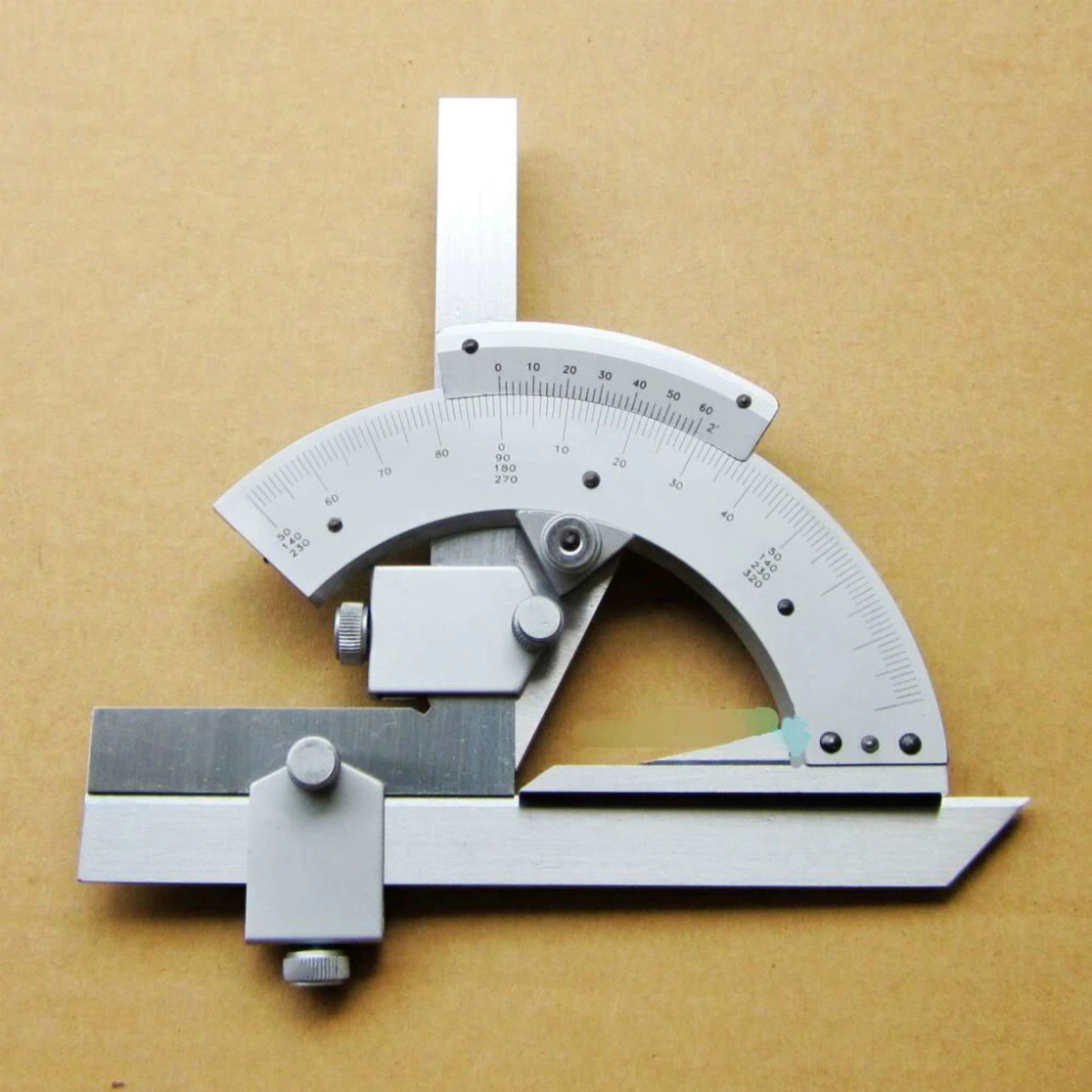
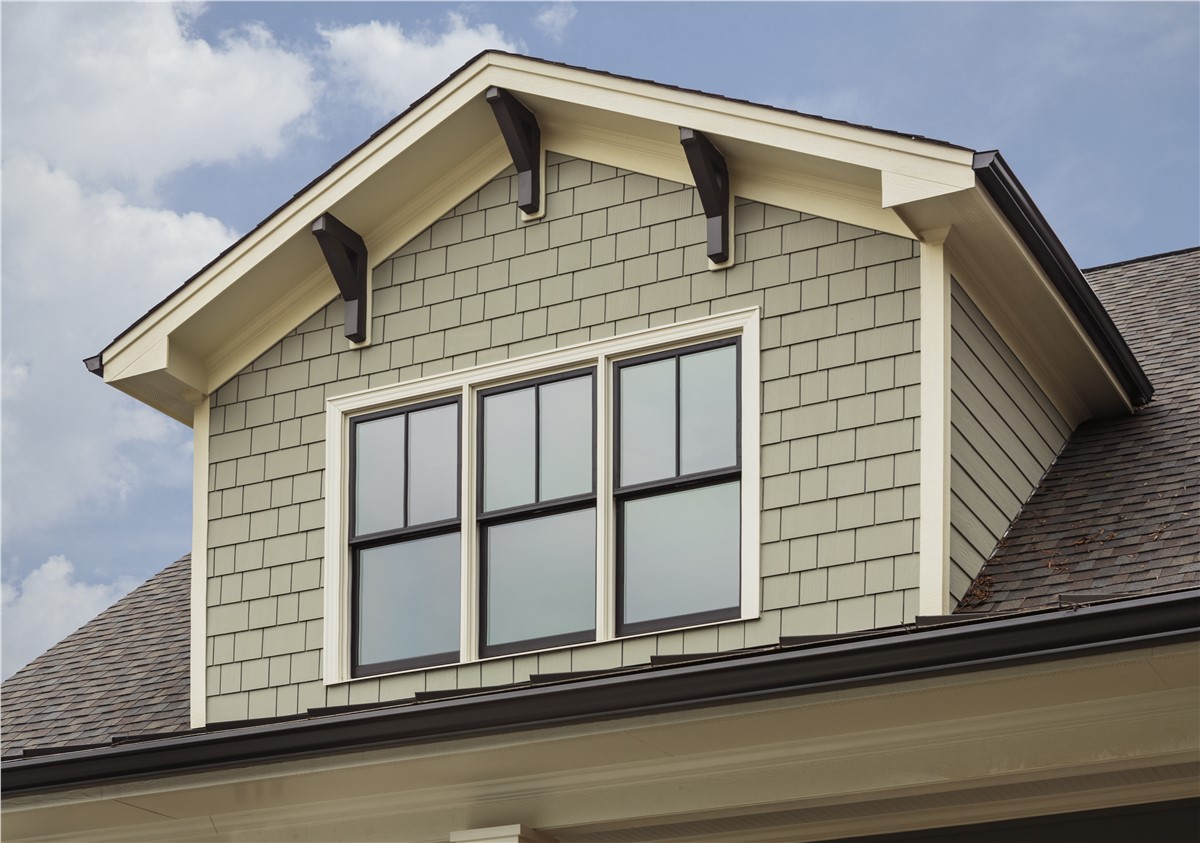
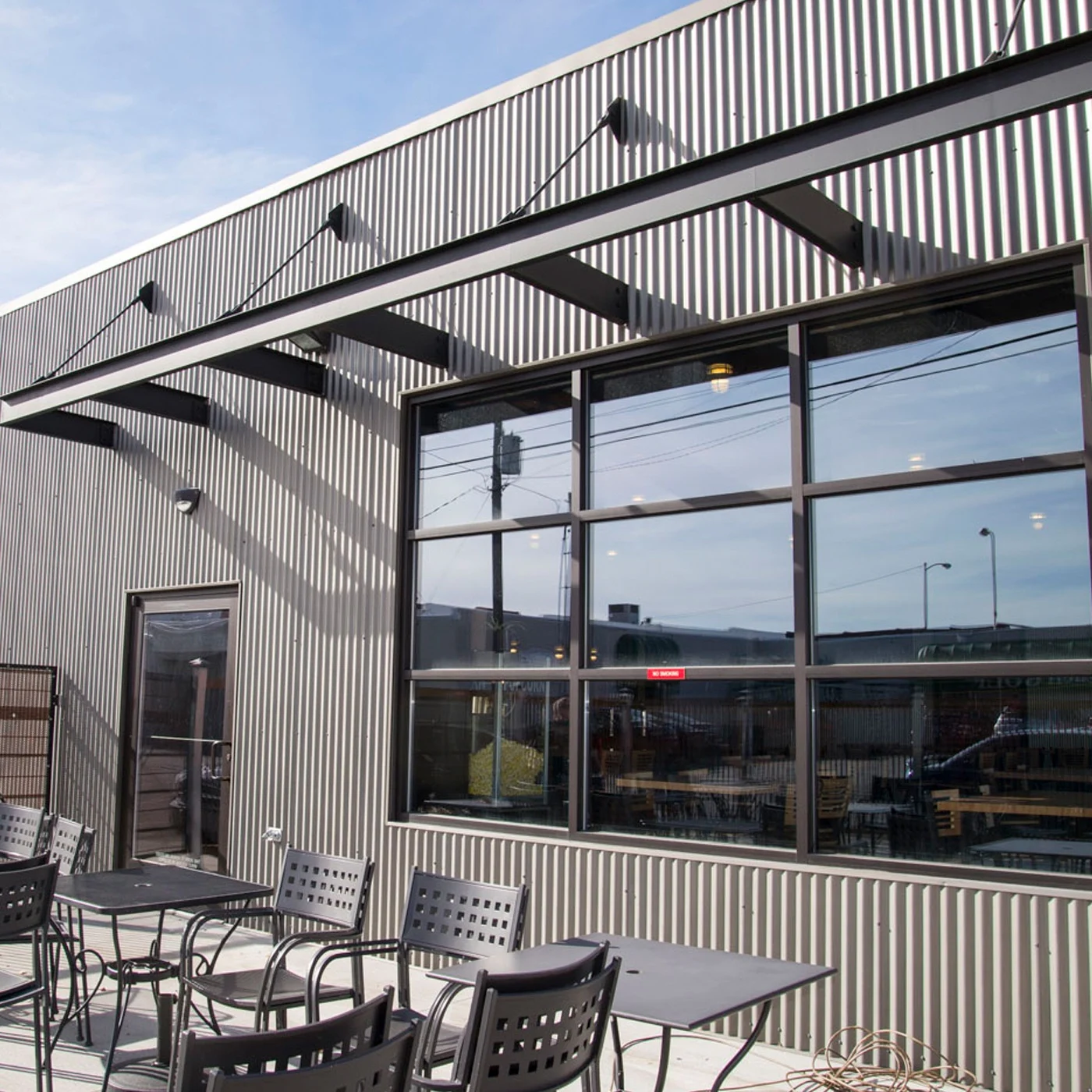
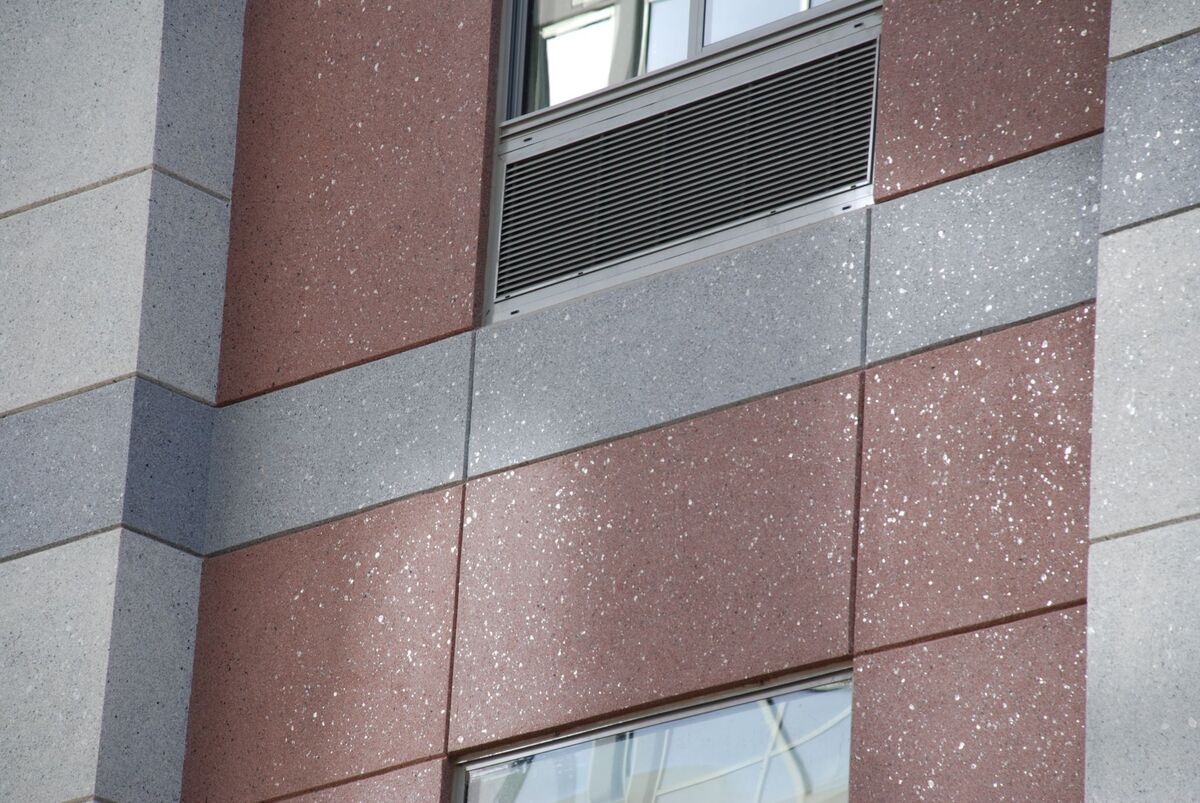
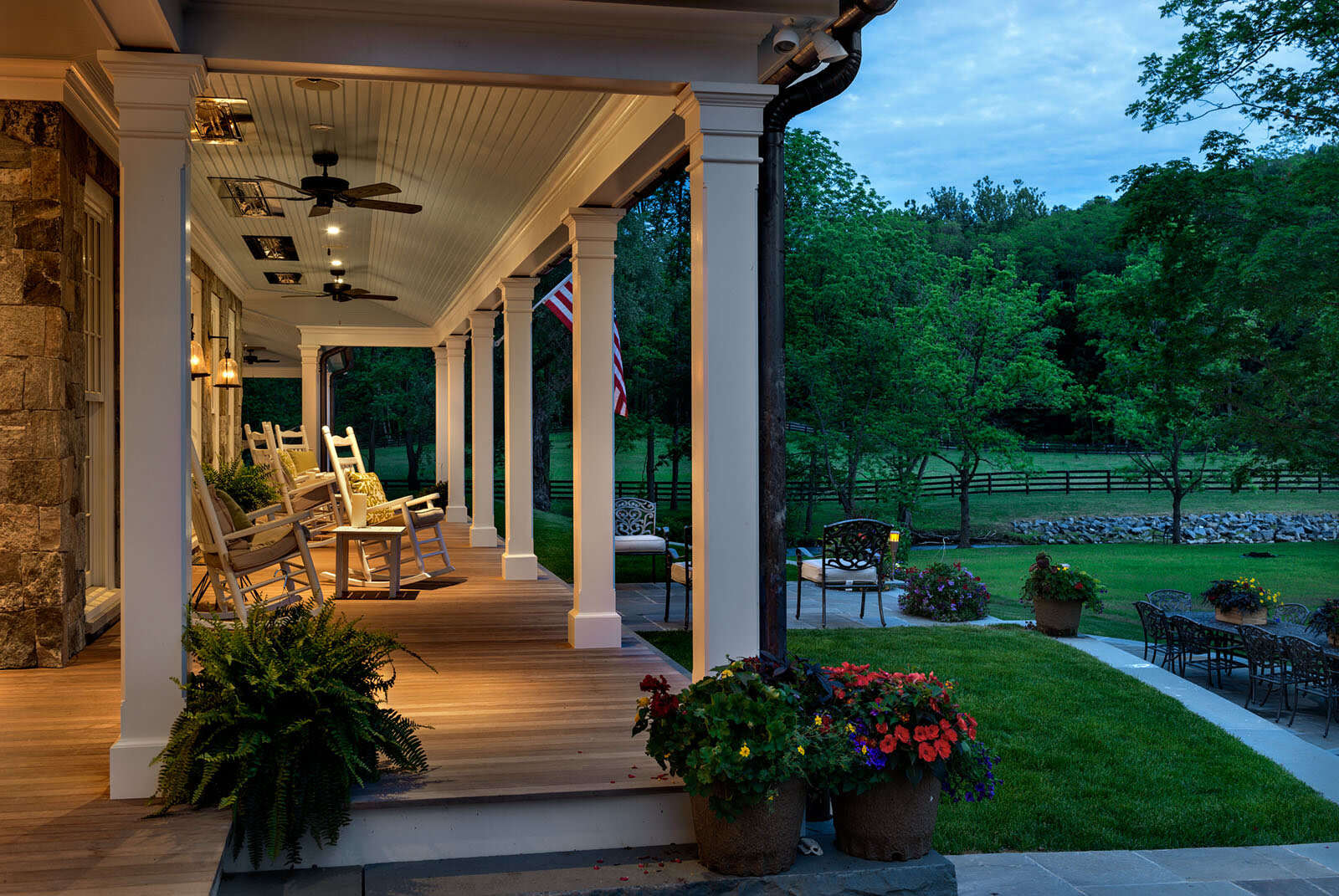
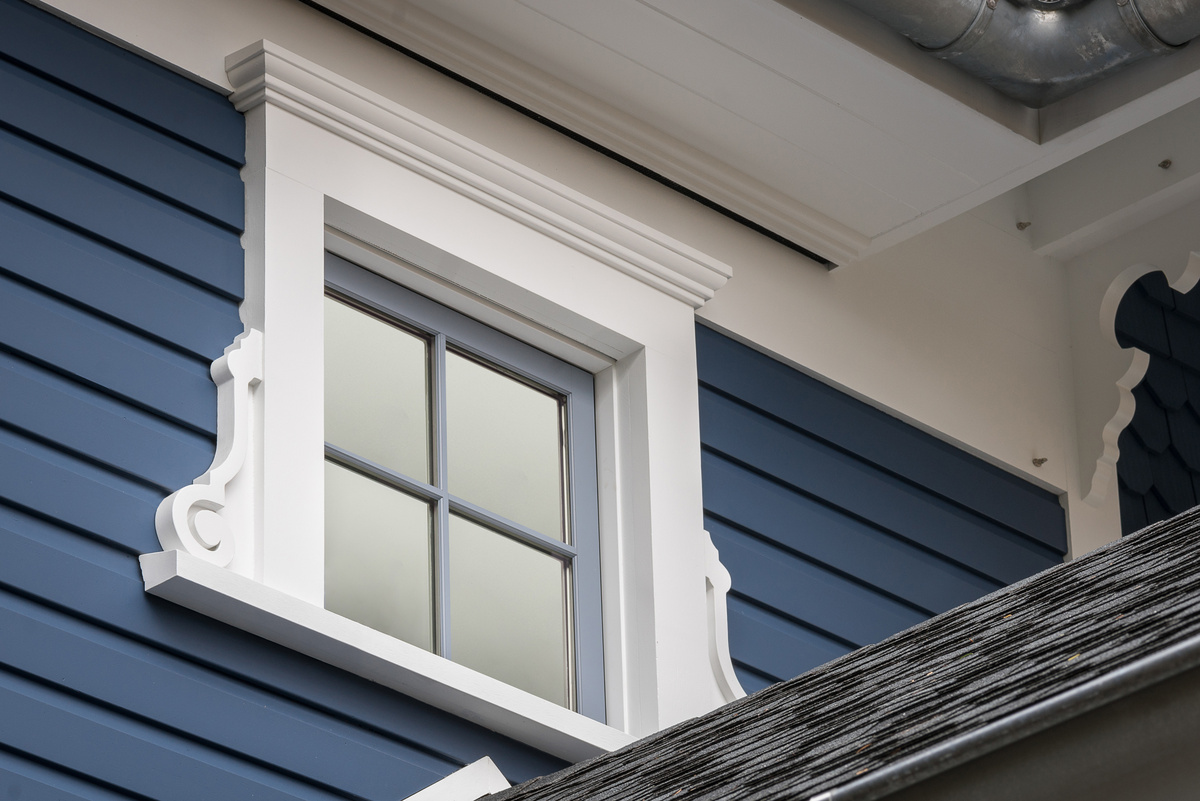
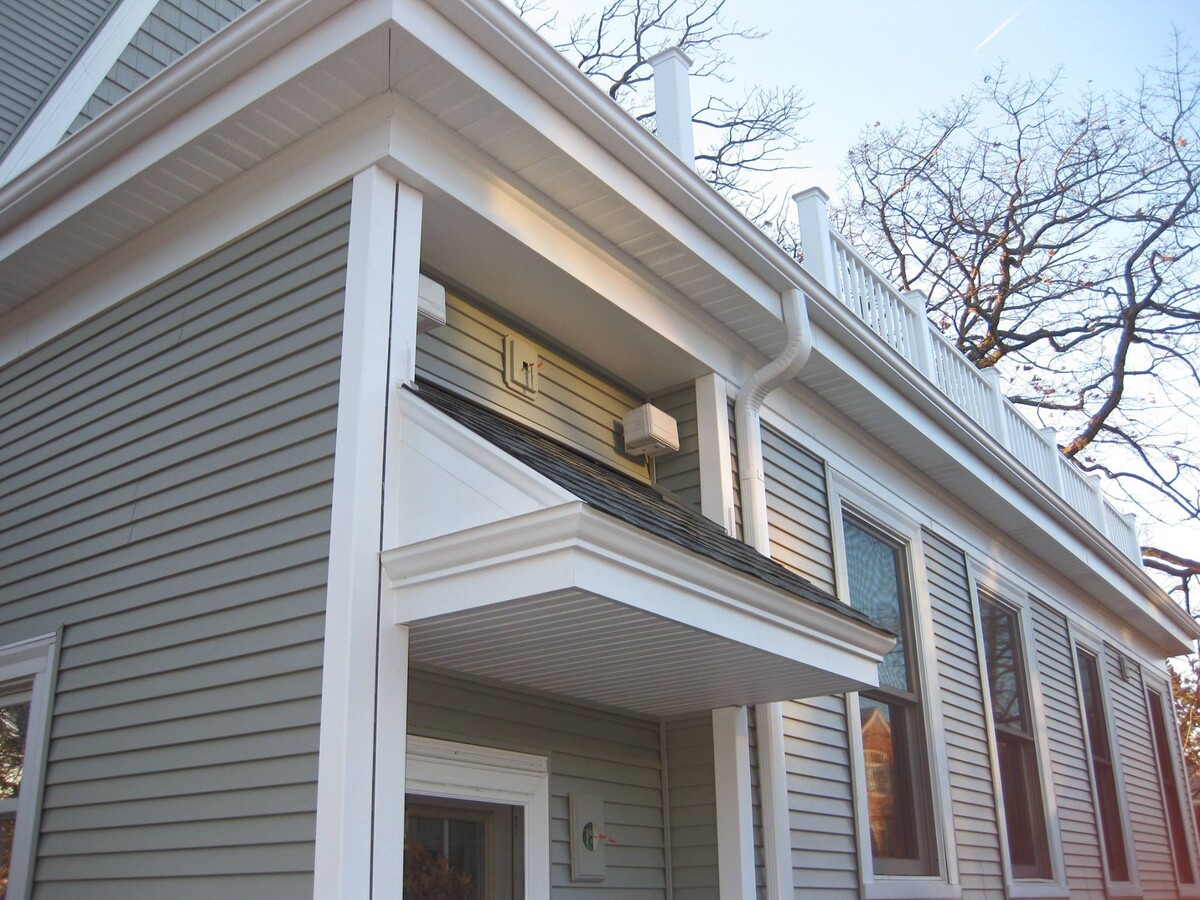
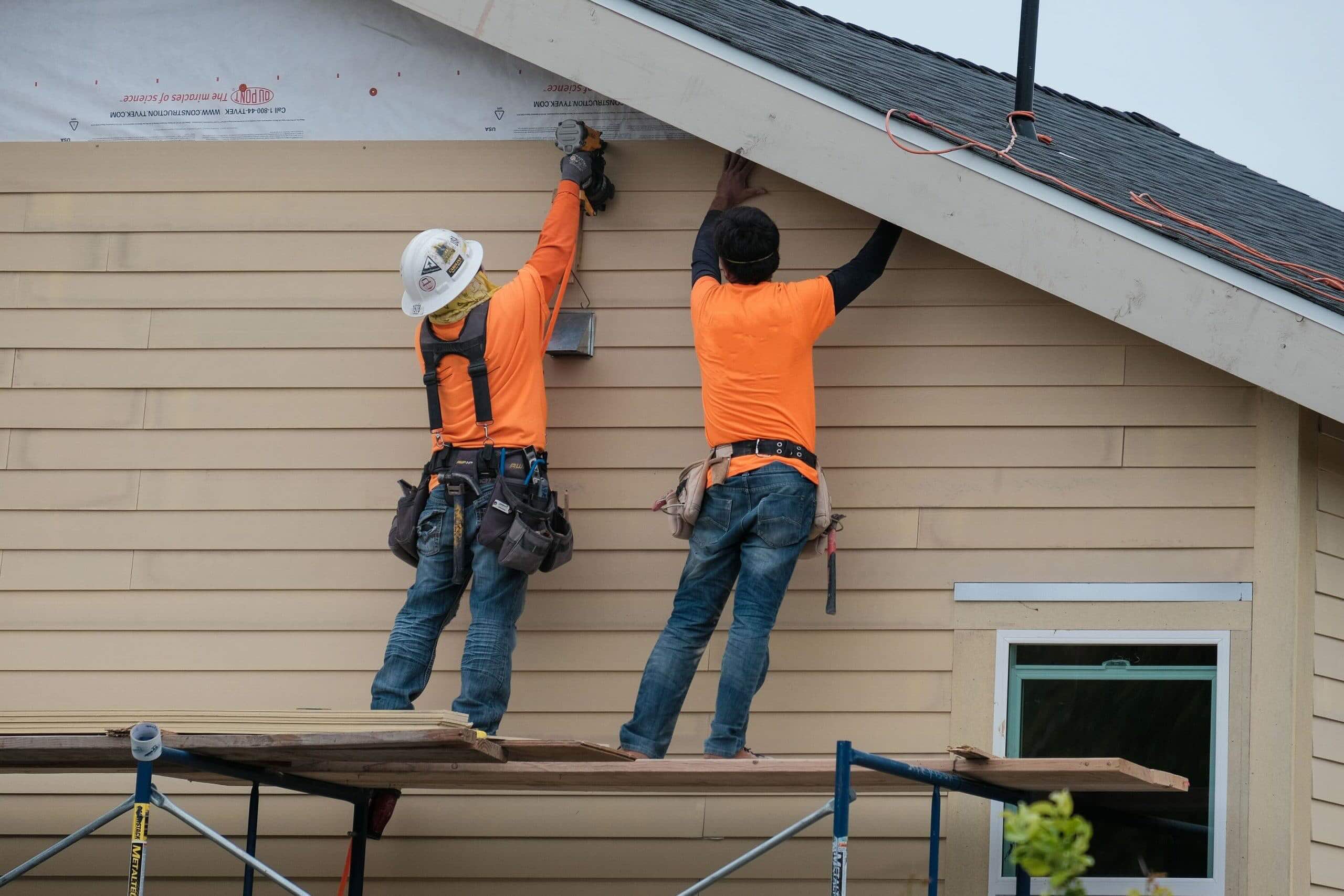
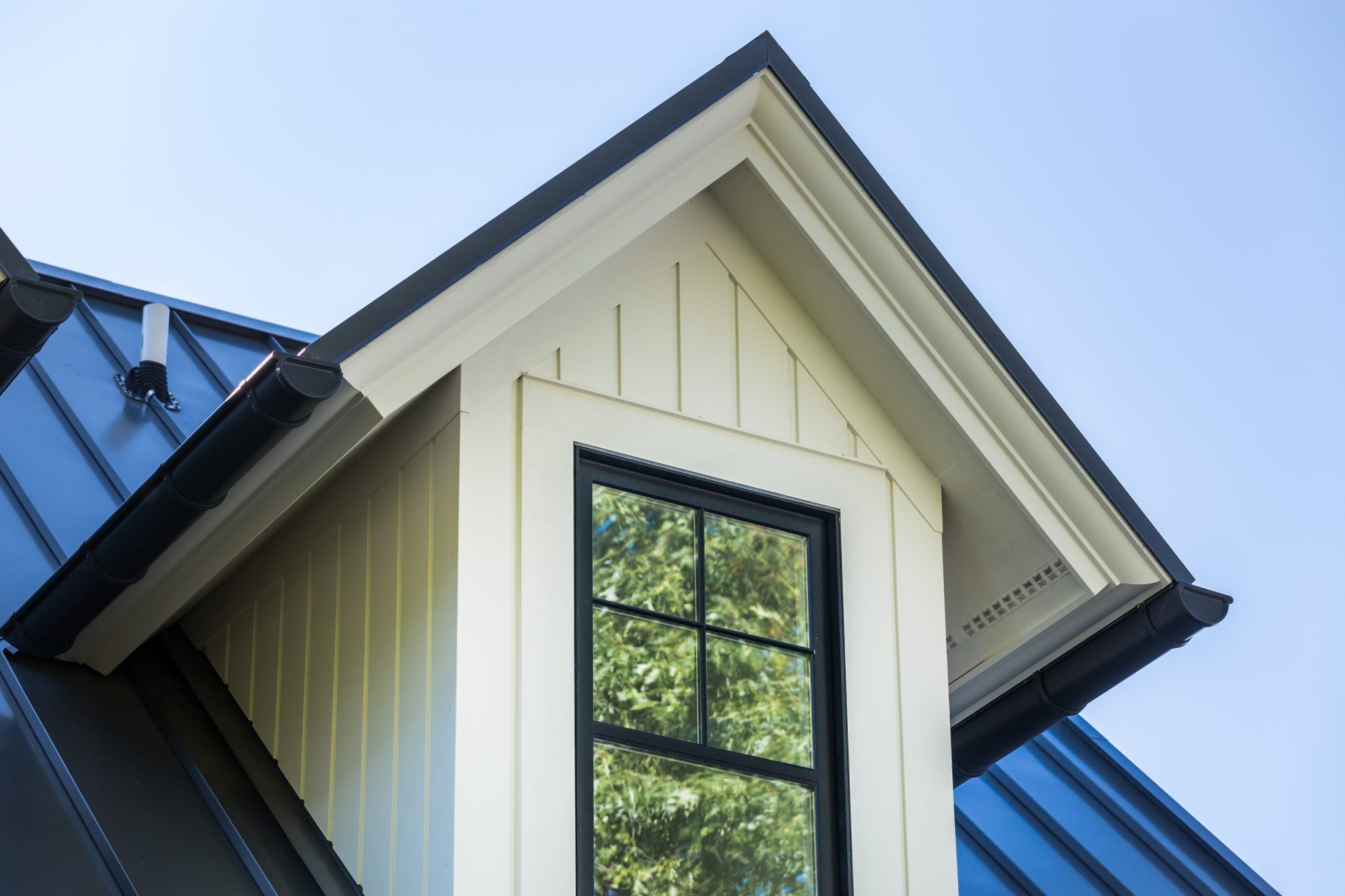
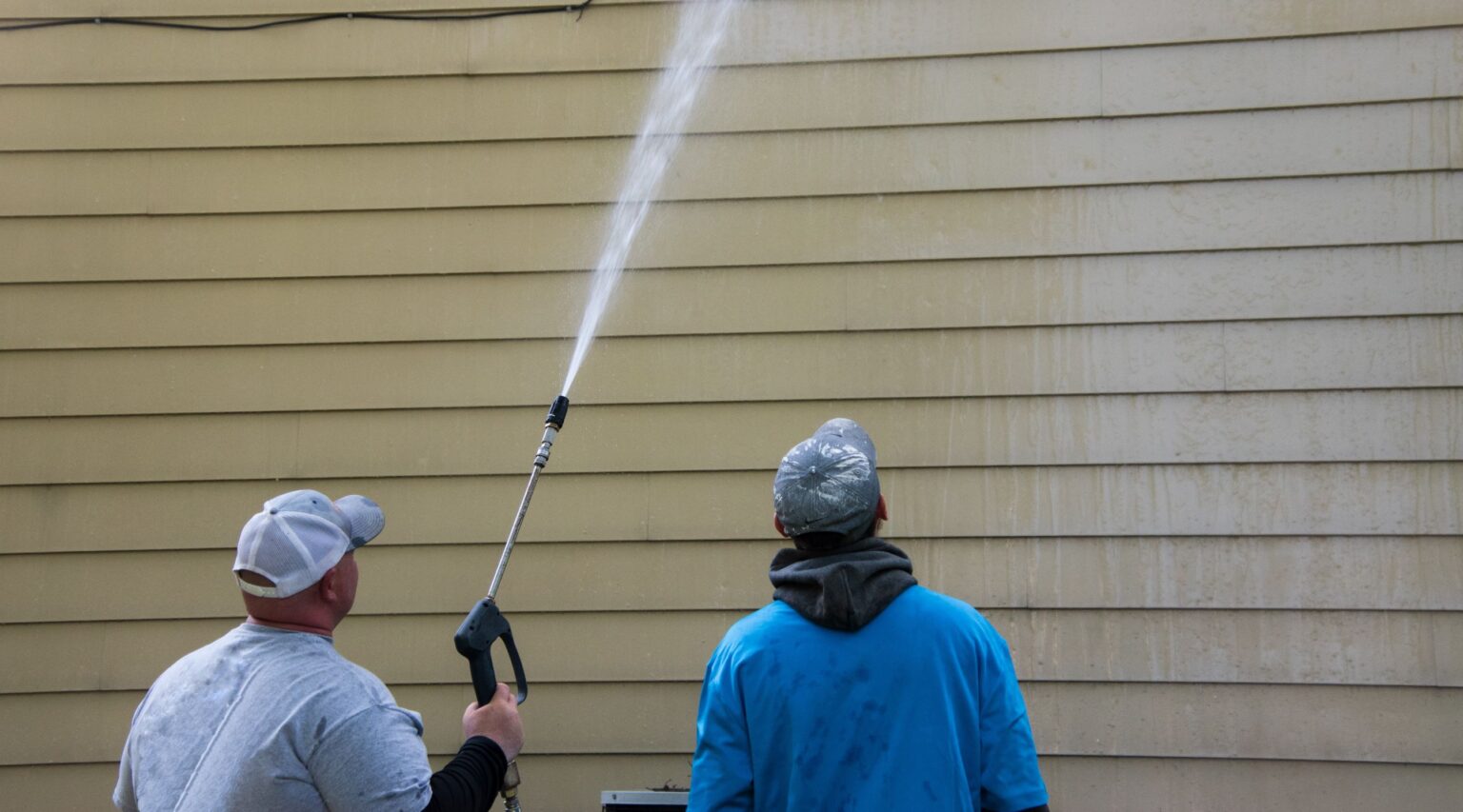
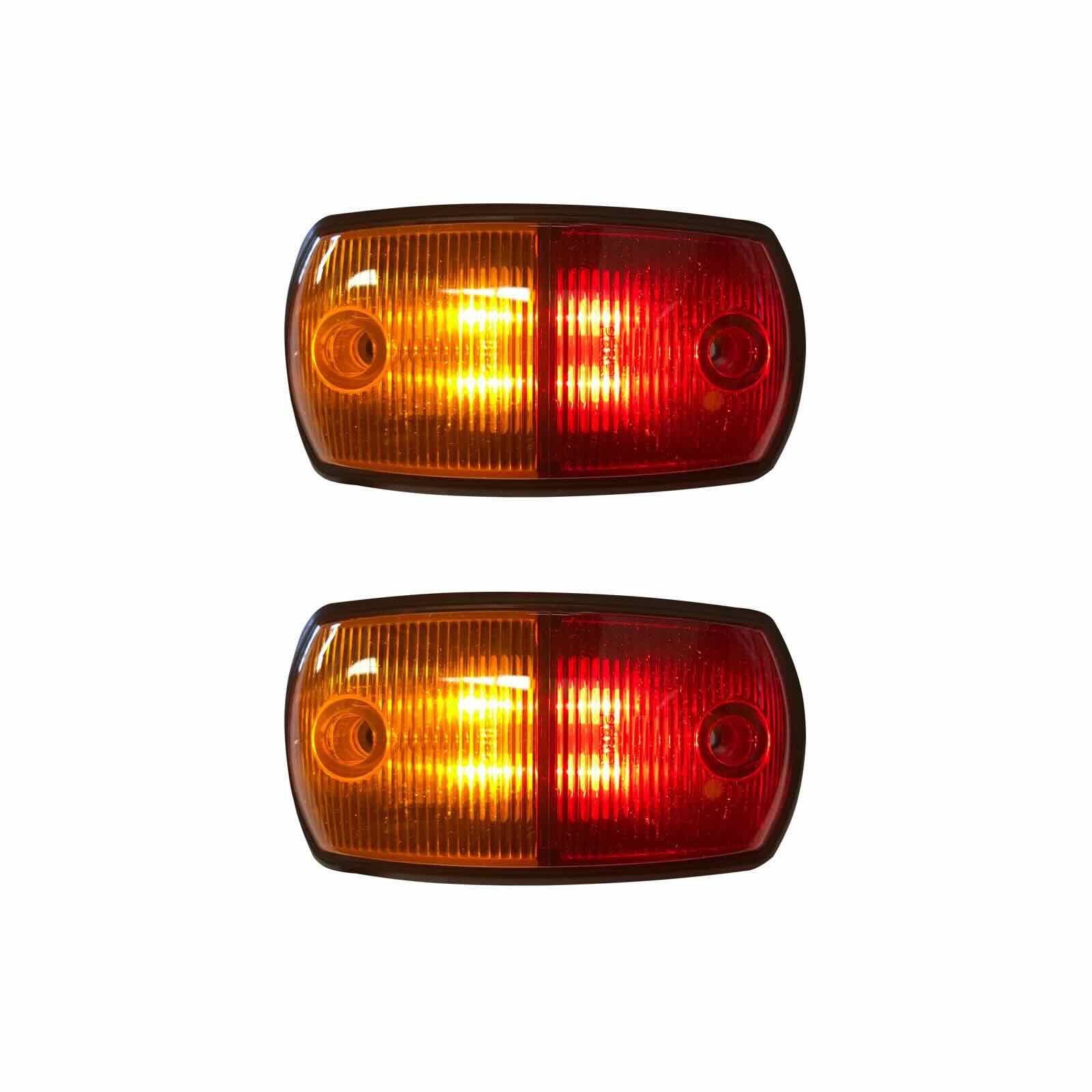
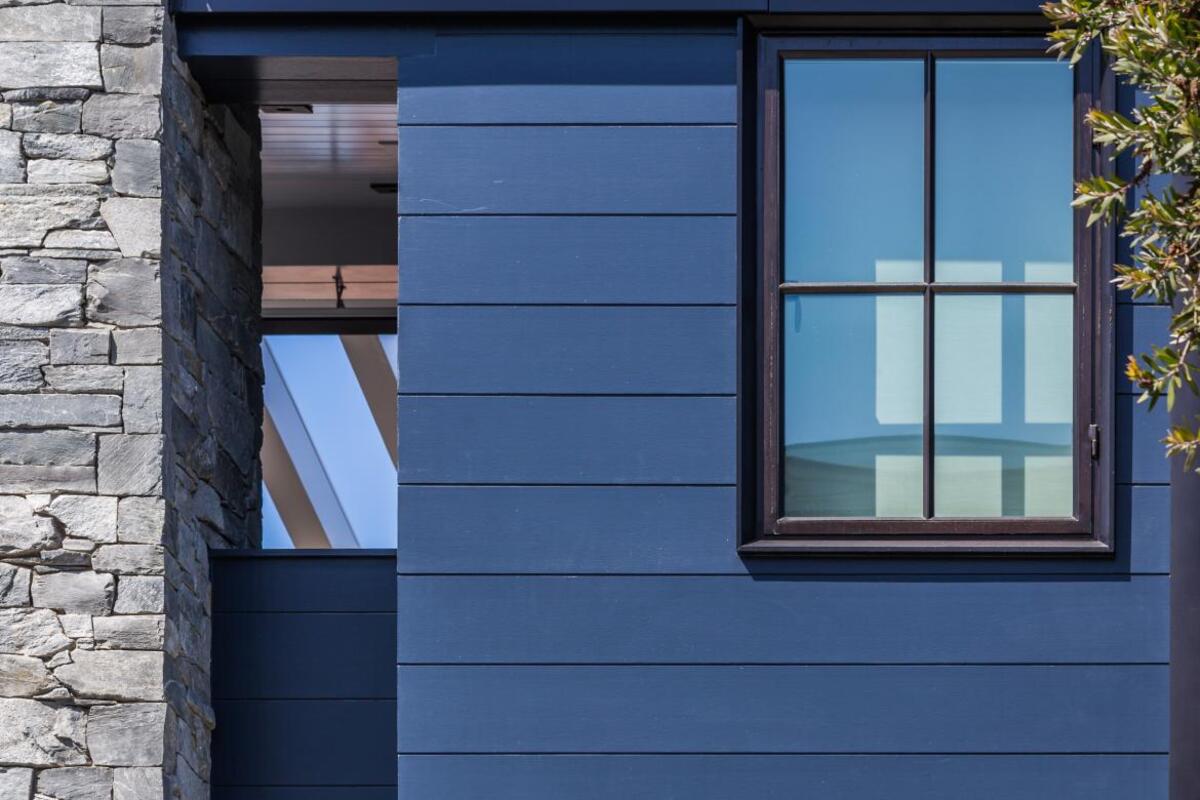
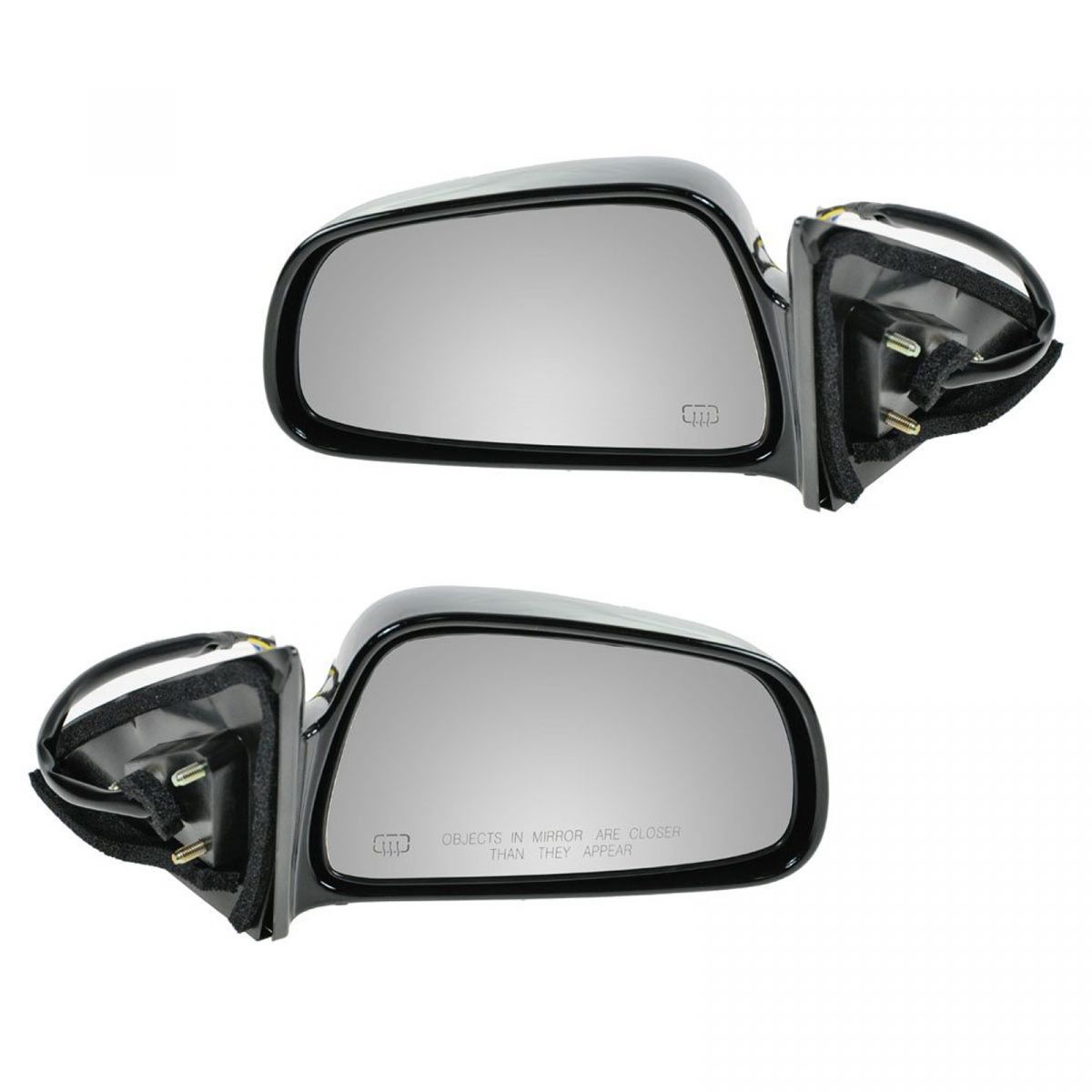

0 thoughts on “What Is Bevel Siding”